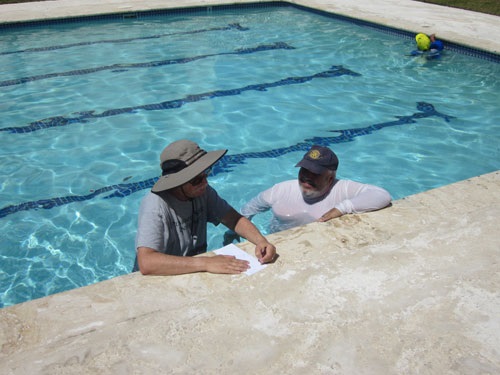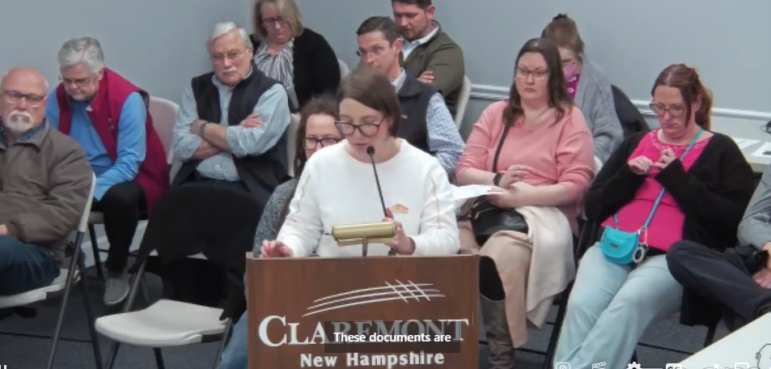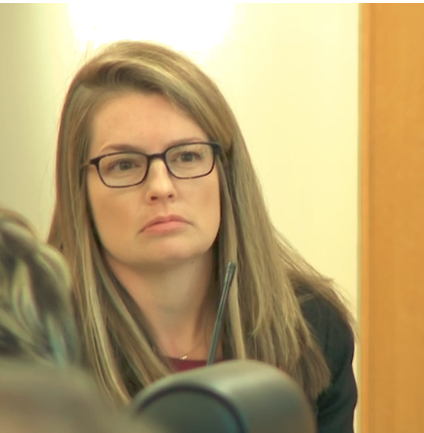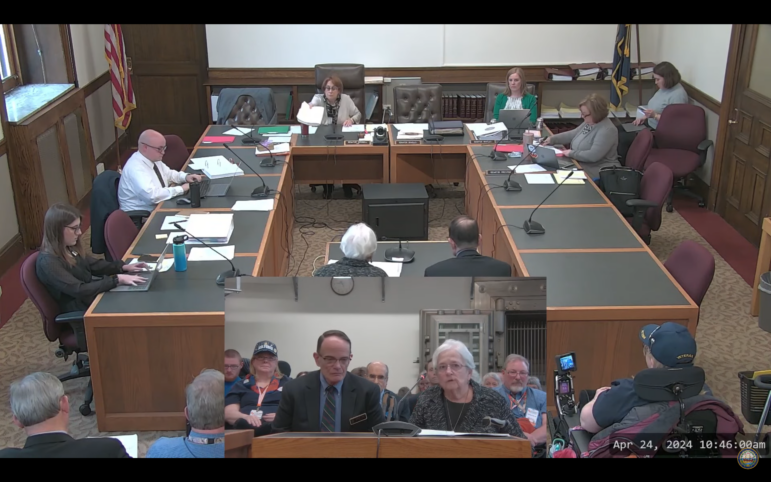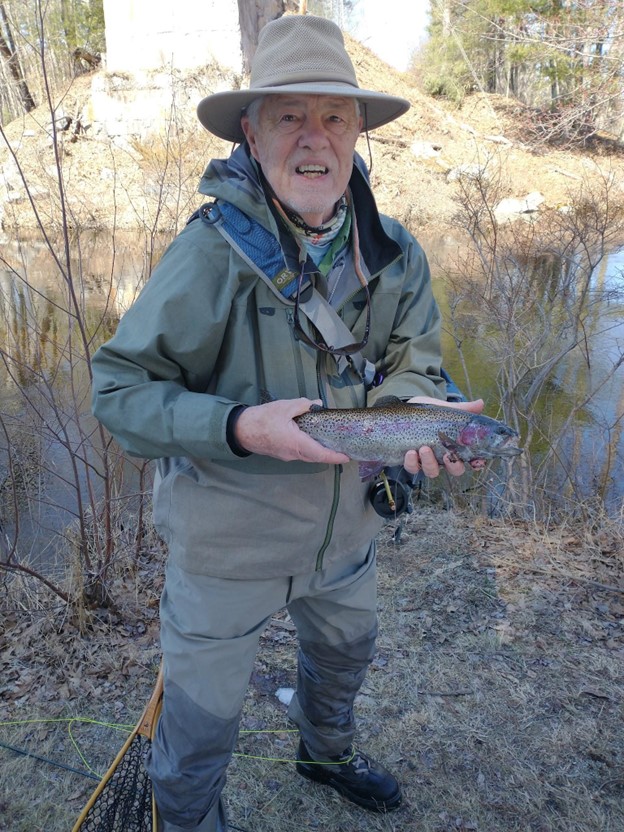By Mark Okrant
NH Travel Guru
Estimates of the number of visitors and their expenditures are important pieces of information for any destination marketing organization, or DMO. Of course, to know the actual totals would necessitate an army of people following every visitor . . . watching each step and expense.
As this would put the twelve labors of Hercules to shame, scientifically-based estimates have been substituted. While lacking the “fillet of fenny snake (and) eye of newt” from Macbeth Act 4, Scene 1, skeptics say there is an element of witchcraft in the mix. Let’s have a closer look.
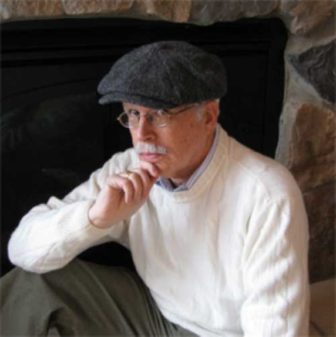
Mark Okrant, the NH Travel Guru
Visitor surveys are at the heart of tourism research. This annual or biennial event has a good deal in common with its cousin, the political poll. In each instance, the process may be fraught with peril. Evidence of this was seen during the last two presidential elections, when a number of pollsters were well off the mark.
In 2012, Mitt Romney’s pollsters assured him, incorrectly, of impending victory. In 2016, Hillary Clinton’s supporters readied the celebratory champagne, only to receive a course of humble pie. Given tremendous investments in time and dollars, how could this happen?
Unless you have ever toiled in the field of travel survey work or political polling, you have no idea how difficult these jobs are. There are so many things that can go wrong when you’re attempting to compile a statistically significant representation of what a population (voters, travelers, etc.) is thinking. First, one must determine what the very definition of that population is. Next, one needs to identify a representative sample to complete the survey.
This isn’t easily accomplished. You’ll hear layman say, “The sample has to be random!” In truth, pure randomness is little more accurate than rolling a pair of dice.
Do you think I’m mistaken? Try this scenario: a woman places 20 marbles into a bag, 15 are green and 5 are orange. Reaching into the bag blindly, a man retrieves 5 marbles at random. By chance, all of these are orange. The man’s logical, albeit incorrect conclusion is that the vast majority of the marbles in the bag must be orange. Thus, I assure you that pure randomness is not the way to go about sampling travelers, voters, or marbles for that matter.
Proper survey-taking necessitates collecting a representative distribution of people. One of my favorite stories involves a survey company hired to determine visitors’ activities. Having set up shop in the parking lot of a supermarket, it was no surprise when they announced that grocery shopping was a favorite activity of visitors to the region (Really?!).
The third element of the process is the most difficult: getting people to actually complete the survey. More than two decades ago, we expected a 90 percent rate of participation when conducting an intercept survey (“excuse me sir, will you please answer a few questions about blah blah?”).
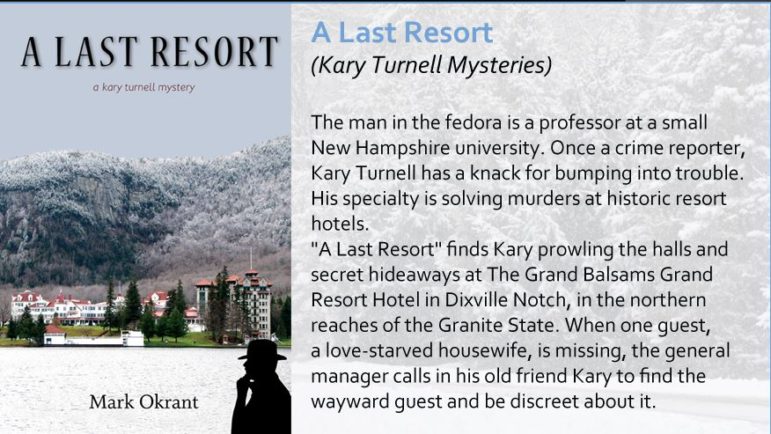
Are you addicted to Kary Turnell mysteries yet?
Telephone surveys were regarded as a less expensive approach, but one that yielded an acceptable response rate, in the 80-85 percent range. Mail surveys could expect 50-plus percent participation, depending upon how many follow-up letters were sent. Today, increased distrust, the gradual elimination of landlines, and the appearance of EZPass have conspired to send researchers straight to the Pepto Bismol.
So, what is the solution? For many tourism departments, a temporary resolution lies in Panels. Panels are carefully pre-screened groups of people who are paid to respond to a contracted number of surveys during the year. Quality tourism research houses, such as Ohio’s TNS, or Canada’s Longwoods, comb every response for inconsistencies. Legislators, the media, and the public demand answers to difficult questions. In response, pollsters and survey takers continually search for solutions using media innovations, some of which do not yet exist.
After forty years as an educator, researcher, and consultant, Mark Okrant joins IndepthNH.org to offer concise, informative insight into New Hampshire’s travel and tourism industry as a business, while showcasing the people and places you want to know. This guy’s really been around. And, he’s funny, too.
For more about Mark’s compelling tourism-based murder mystery series, visit www.markokrant.com.
For information on current things to do in New Hampshire, click here.
